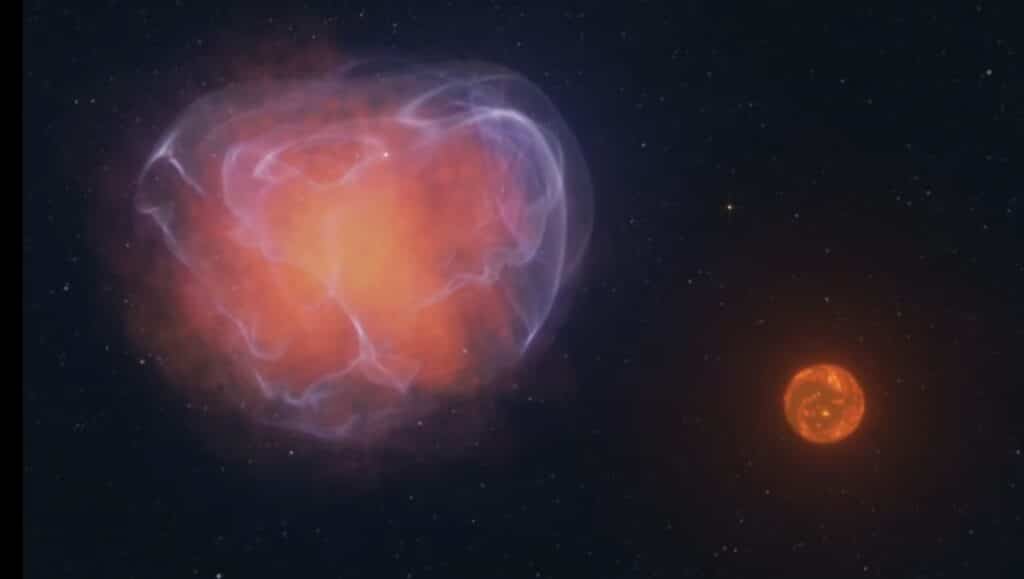In the vast expanse of the universe, some discoveries stand out more than others. One such find is the recent identification of the star CWISE J124909+362116.0, or J1249+36. This L subdwarf, characterized by low mass and cooler temperatures than our Sun, distinguishes itself not only by its age but also by its extraordinary speed, traveling at approximately 1 million miles per hour, making it one of the fastest objects ever observed in the Milky Way.
A Collaboration of Innovation
The discovery of J1249+36 is the result of a remarkable collaboration between citizen scientists and professionals. Through the “Backyard Worlds: Planet 9” project, over 80,000 volunteers sifted through data collected by NASA’s WISE space telescope. Their keen observations led to the identification of this star, later confirmed through ground-based observations, such as those at the W. M. Keck Observatory in Hawaii.
Mysterious Origins
What makes J1249+36 even more intriguing is its uncertain origin. Astronomers are exploring two main theories to explain its incredible speed and trajectory. One possibility is that the star was part of a binary system with a white dwarf, which exploded as a supernova, hurling J1249+36 into space at incredible velocity. Another theory suggests the star might have been ejected from a globular cluster after a close encounter with a binary black hole system, catapulting it out of its original orbit.
On a Path Beyond the Milky Way?
Perhaps the most astonishing aspect of this discovery is that J1249+36 might be on its way out of the Milky Way. Its speed is so high that it could escape the galaxy’s gravitational pull, sending it on a journey into the unknown. This makes it not only a unique object for studying stellar dynamics but also a window into the past of our galaxy, as subdwarfs like J1249+36 are among the oldest and most metal-poor stars.
Pioneering Astronomical Research
J1249+36 is a testament to the power of human ingenuity and scientific curiosity, continuing to push the boundaries of our understanding of the cosmos. The work of the “Backyard Worlds” volunteers demonstrates the strength of combining human intuition with big data, enabling the detection of objects that might evade algorithms. Future investigations into the star’s chemical composition could reveal further clues about its origins, opening new avenues for studying stellar evolution.
In conclusion, J1249+36 represents a triumph of human innovation and scientific curiosity, continuing to expand our knowledge of the cosmos
At The Patent, we are dedicated to bringing you the latest in innovation and discovery, from groundbreaking scientific achievements to revolutionary technological advancements. Stay ahead of the curve by following us for more insights into the world of invention and exploration. Join our community of curious minds and never miss an update on the innovations that are shaping our future.
